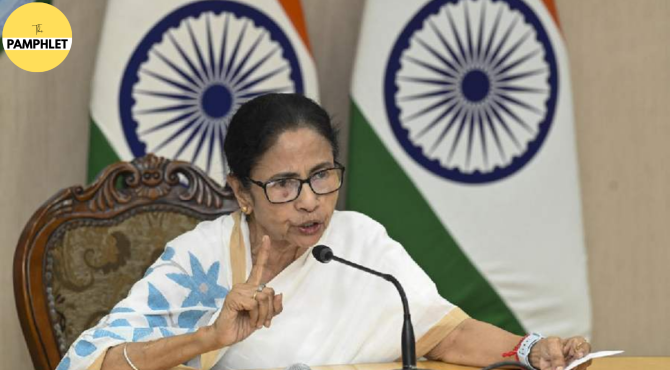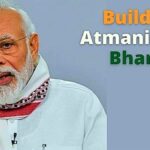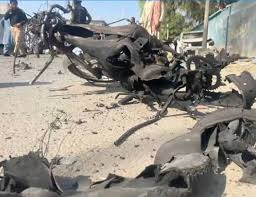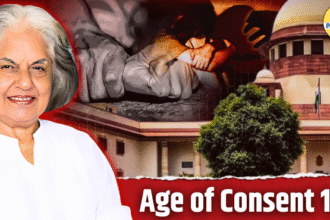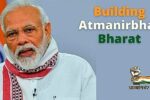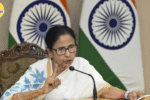In the dead of night between October 26 and 27, West Bengal’s administrative landscape shifted with a jolt. Not a gradual rotation. Not a planned reshuffle. A sweeping, high-velocity bureaucratic storm: 527 officers transferred in one go. Among them, 67 IAS and 460 WBCS (Executive) officers.
The timing was uncanny. The scale, unprecedented.
Because this wasn’t just any weekend. This was the weekend right before the Election Commission of India (ECI) officially launched the Special Intensive Revision (SIR) of electoral rolls.
SIR is designed to clean voter lists: delete duplicates, root out fake entries, and ensure only eligible Indian citizens vote. It is the political equivalent of a truth serum.
So, the natural question: What truth did this sudden reshuffle not want revealed?
The border equation
A closer look reveals a striking pattern.
Most transferred officials were serving in districts bordering Bangladesh:
• North 24 Parganas
• South 24 Parganas
• Murshidabad
• Malda
• Nadia
• Uttar Dinajpur
• Cooch Behar
• parts of Jalpaiguri
These are not just administrative units. These are India’s porous edges, where citizenship, identity, and vote-bank politics braid into something combustible.
In these very districts, over the last two to three years, the Election Commission has recorded staggering surges in voter registration:
9x growth. Yes, nine times the usual rate.
A typical Assembly constituency in these areas would earlier see around 100 new voter applications per month. In 2025, many of them are touching 900 a month.
Voters don’t multiply like that without a political miracle or a demographic mystery. And India has seen very few miracles in this department.
The religious demography shift
Analysis shows that the explosion in new entries is not uniform. The surge is heavily community-specific.
Muslim-majority districts like Murshidabad, Malda, and parts of North 24 Parganas have seen the steepest voter growth, far outpacing state averages and natural population growth.
Historical records tell their own story:
Murshidabad Muslim population:
- 1951: 55 percent
- 2011: 66 percent
- Ongoing electoral data hints at an even sharper rise today
Simultaneously, the percentage of the Hindu population has declined steadily in these same districts.
Coincidence? Or carefully cultivated arithmetic?
When EC checked, alarms rang
The Election Commission was not blind to the surge.
It launched verifications, and the results were eyebrow-raising:
- In North 24 Parganas, only 41 percent of new applications matched prior records
- Between June and August 2025:
- 346,000 new voters were added
- 243,000 were rejected for fraud or insufficient documentation
- Dozens of officers and data operators have already been suspended
These are not numbers of routine governance. There are several systemic manipulations.
Then came the transfers
Just days before SIR began, when EC was tightening scrutiny, and the fake voter syndicates risked exposure.
The West Bengal government pulled the administrative rug:
- 14–17 District Magistrates replaced
- Key Additional District Magistrates (ADMs) shifted
- Sensitive district machinery rewritten overnight
- Notifications are uploaded in batches around the EC’s press address
- Some orders were dated earlier, but released strategically later
A move so swift that even bureaucrats weren’t sure where they worked when they woke up.
What does the government say?
Mamata Banerjee’s Trinamool Congress (TMC) maintains the reshuffle is routine protocol, timed before the election freeze period kicks in. Some officials argue this was preemptive, anticipating EC transfers of officers who had served more than 3 years in a single post.
A technical justification. But does it hold water when the focus districts appear handpicked?
What does the opposition say?
Both the BJP and CPI(M) smell political engineering.
They accuse TMC of:
- Shielding its vote-bank networks
- Trying to obstruct SIR
- Violating the model guidelines that demand EC approval for transfers near elections
BJP has already submitted a formal complaint to the Chief Election Commissioner.
They want these “irregular” transfers annulled immediately.
The bigger fear
This isn’t just about Bengal’s political battlefield. What happens when alleged migrants gain legitimate voter IDs?
They’re no longer “illegals.” They’re voters with the right to move, settle, and influence outcomes:
- Bengal today
- Bihar or Delhi tomorrow
- A cumulative shift in electoral math nationwide
Once a name crosses into the rolls, democracy’s doors don’t close anymore.
Panic before exposure?
Here is the question Bengal’s ruling party must answer:
If everything was clean, why act like the alarm bell was already ringing?
If voter rolls were genuine, why rush transfers as if evidence were slipping away?
If governance were routine, why do it in the shadows at such a sensitive time?
And the biggest question: did the West Bengal government fear what SIR might expose?
Because it seems more than just an administrative shuffle. It looks like a desperate fortification of a carefully curated vote-bank.
A strategic move.
A tactical panic.
A puzzle in broad daylight.
A call for transparency
Elections rely on trust in the system. No trust, no democracy.
West Bengal now sits in the uncomfortable spotlight: will SIR reveal a border-driven demographic distortion? Or will this reshuffle succeed in masking the truth?
Between Bangladesh’s borders and Kolkata’s political corridors, the integrity of electoral rolls has become the silent battleground.
As India inches toward its next major polls, one question echoes through Bengal’s administrative vacuum: What was Mamata Banerjee trying so hard to protect?

